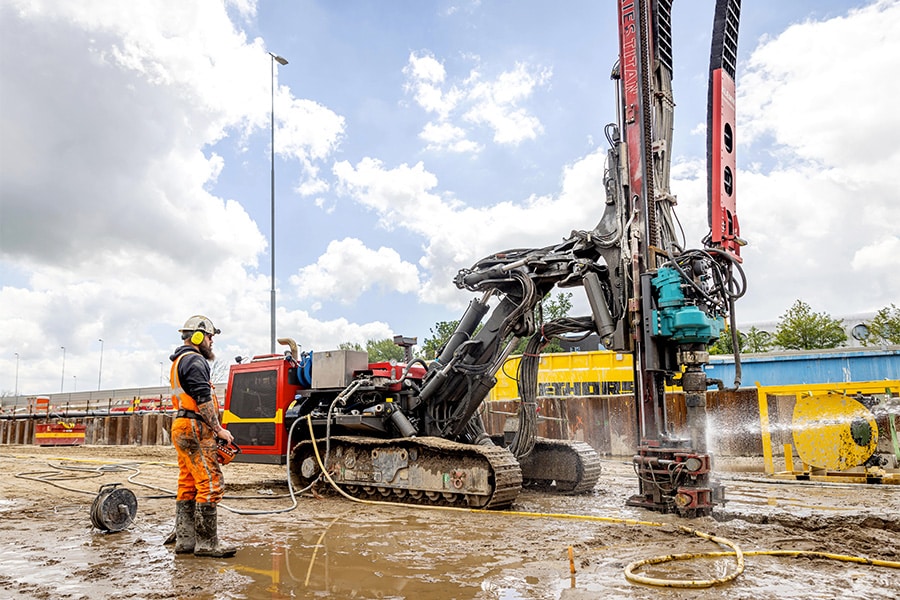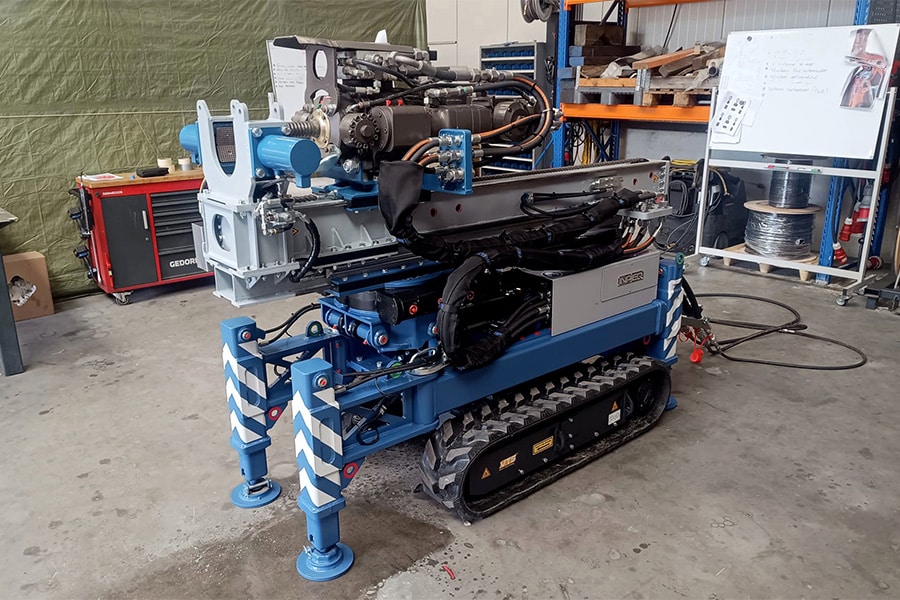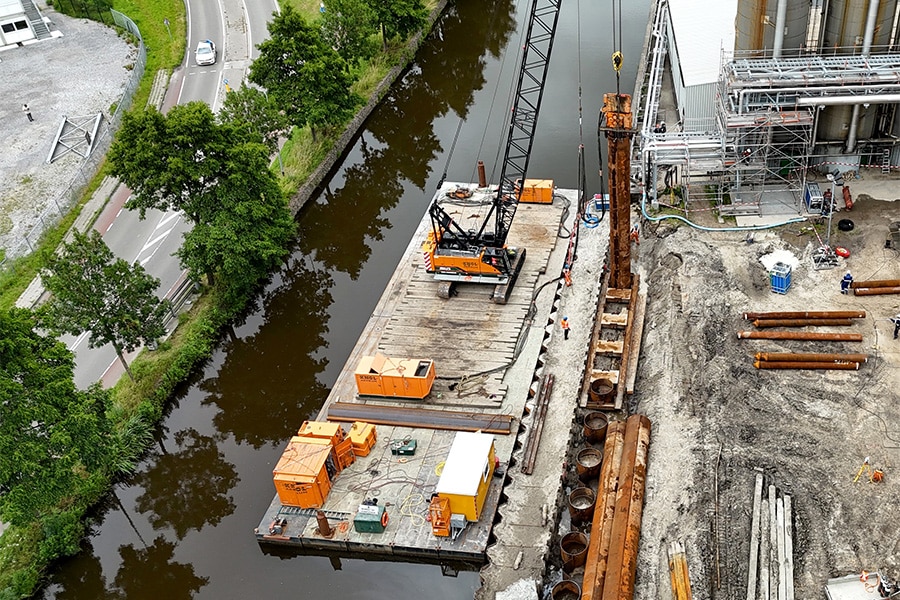
Screw anchors excellent solution for concrete construction and GWW
Anchors are usually used for mounting building components on concrete. There are roughly three types of anchors: chemical anchors, mechanical anchors and screw anchors. It is not, that one of these types is necessarily better than the other, but there are applications where a particular type of anchor offers distinct advantages. For example, chemical anchors are suitable for fixings in soft materials; mechanical anchors and screw anchors are mainly used in concrete. Screw anchors are increasingly used because they are cheaper and easier to work with. Thanks to innovations and new approvals, they are also suitable for an increasingly wide range of applications in civil engineering.
Screw anchors have a thread, which cuts into the concrete. Thus, the connection is realized only with the thread. When installed, screw anchors exert much less force on the substrate than mechanical anchors and are even easier to work with. The drill hole can be easily cleaned by moving the drill bit in and out of the drill hole a few times, after which the screw can be screwed in with an impact screwdriver and immediately loaded. Screw anchors can handle a very high load and are suitable for hard stone and cracked or uncracked concrete.
Applications
HECO-Schrauben is one of the pioneers in the development of screw anchors and has introduced numerous innovations in recent years. As a result, screw anchors are now also approved for fixings in various types of sand-lime brick, aerated concrete, brick and in hollow-core slabs - even with possible exposure to fire or seismic loads.
There are numerous application possibilities of screw anchors in civil engineering and concrete construction. For example, they can be used for mounting cable ducts, light fixtures, (pipe) piping systems, railings, crash barriers and noise barriers on concrete. Because screw anchors can also be unscrewed, they are useful for (temporary) constructions such as braces, formwork, scaffolding, facade panels and even solar panels. Other applications include attachment of fall protection or temporary installation of supply lines on construction sites. The screw anchors with diameters of 10, 12 and 16 mm are approved for multiple use in various types of concrete. Thanks to their fast processing, stability in the event of fire (and thus very high temperatures), corrosion resistance and easy disassembly for inspections, the screw anchors are also proving to be good solutions for fixing fire-resistant panels in tunnels.

HECO screw anchors
HECO-Schrauben now has a large range of screw anchors. Thanks to a large number of official ETA approvals, they can be used for many applications. In addition to "normal" screw anchors, an MMS-plus V pre-piercing anchor is available for mounting fences and railings. The MMS-plus SSK has been developed for temporary fixings of construction props, shoring and scaffolding on construction sites. For the installation of wooden elements on concrete, one can choose between the MMS-plus S or the MMS-TC. The different head types such as round head, flat round head or internal and external threaded anchor allow the fixing of mounting rails and pipes.
HECO's MMS-plus is approved for fire exposure in accordance with fire resistance class R120 and fire testing in accordance with RWS 180. The anchors are also approved for use in earthquake zones (category C1 and C2) and have ETA approval for multiple use. In addition, they meet the requirements of VdS Directive CEA 4001 for the installation of sprinkler systems.
Calculation and calculation
HECO-Schrauben's HCS 4.0 calculation software allows customers to calculate the loading and dimensioning of HECO screw anchors. After entering all project data, the user receives a recommendation for the best screw connection - including screw type, dimensions and required quantity - and a recommendation on which variant is most cost-effective for a given project. The results with 3D images serve as a verifiable structural planning and calculation basis. The software not only provides the ability to accurately define substrates and materials, but can also factor special environmental conditions, such as corrosion or fire protection, into the calculations.



